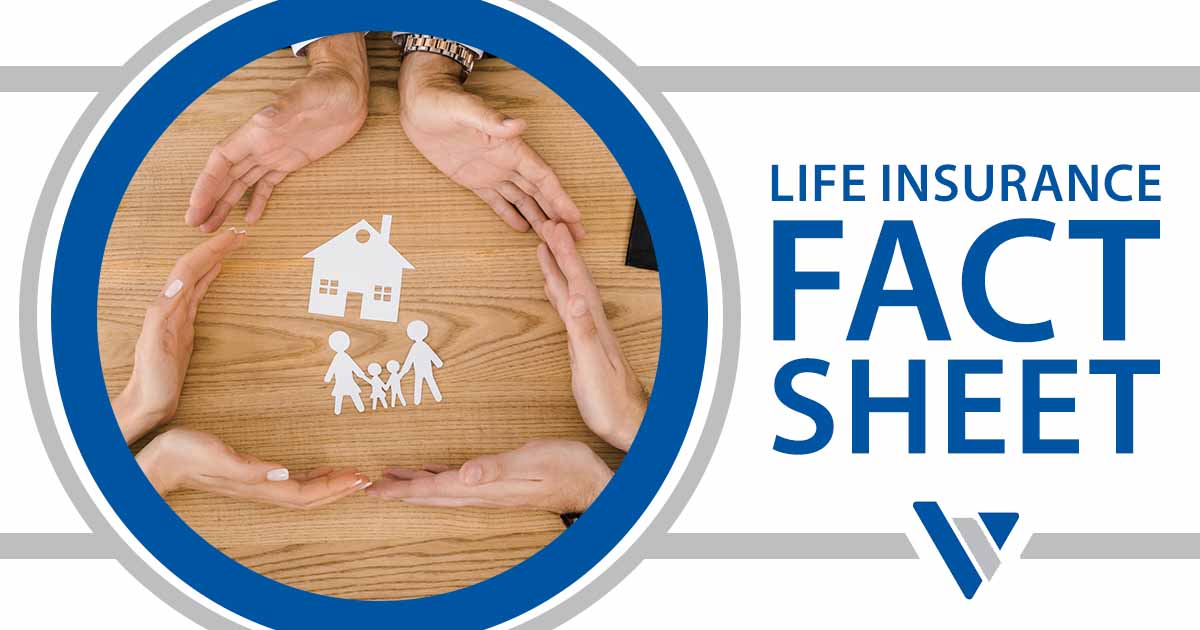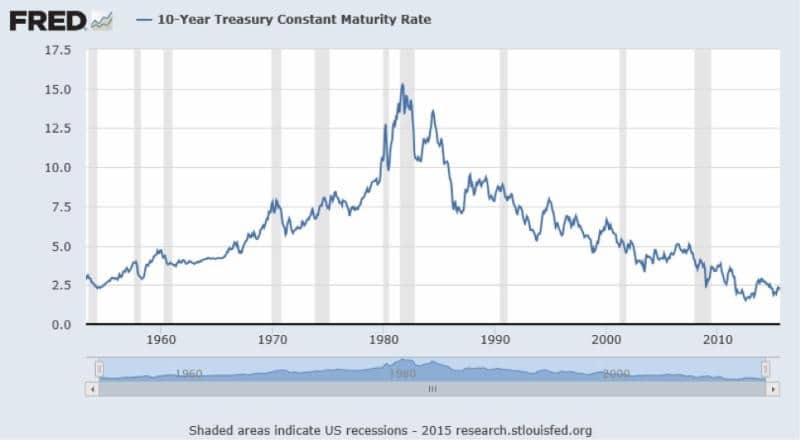I am sharing with you some of the information the Life Insurance Marketing and Research...

The Federal Reserve has put investors and retirees in a very tough position. 10 year Treasury Notes are currently earning only 2.55% as of December 21, 2016, which is often not sufficient for income seeking investors. Historically low yields on Treasury Notes are forcing income investors to perhaps take on more risk than they are comfortable with, or even more risk than they know they are exposing themselves to, in order to earn more income in their portfolio. Seemingly gone are the days of the 1980’s and early 1990’s where investors could earn 7%, 8%, or even 14% on a 10 year Treasury Note. Also, with rate hikes likely to continue in the future, not many are rushing to earn less than 2.5% on a 10 year note when in a year or two they may be able to earn considerably more on a bond of the same quality and type. This is a tough environment for the fixed income portion of investor’s portfolio; however, there are strategies that can be implemented to help reduce this interest rate risk in a period of rising interest rates.
Above is a chart from Economic Research of the Federal Reserve Bank of St. Louis (https://research.stlouisfed.org/) which shows the yield on 10-year Treasury Notes (Y-axis) from 1950 to 2015 (X-axis). As you can see, interest rates have not been this low since the 1950’s, which was the start of a long gradual increase to a peak of over 15% in the early 1980’s. Bond laddering is a strategy in which an investor staggers their bond duration and maturity dates to ensure portions of their bond portfolio mature more frequently. This strategy is only beneficial if you expect interest rates to rise in the future.
For example, instead of investing $50,000 in one 10 year Treasury note, you purchase separate 3, 5, 7, 10, and 15 year bonds at $10,000 each. When the 3 year bond matures you reinvest that $10,000 principal in a new 15 year bond at a presumable higher interest rate. In this case, every few years you have a bond maturing and liquid capital that you are able to re-invest at better interest rates more frequently. However, if rates are decreasing, you would be replacing higher interest paying bonds with lower interest bonds which is not desirable. The income earned from these bonds each year can be simply taken as cash, re-invested in other areas, or re-invested in shorter term bonds to attempt to further iron out interest rate risk. In a period of increasing interest rates this strategy can potentially increase your liquidity and lower your interest rate risk in your fixed income portfolio. Plus, in some cases, a laddered bond portfolio can allow an investor to capitalize on the gradual increase in interest rates while continuing to receive bond income in the meantime.
This is a very basic example of bond laddering; it can be constructed using nearly any type of bond (treasury, corporate, municipal) and any series of duration (3 month to 30 years, and beyond). Just be sure to only include non-callable bonds, having callable bonds in a bond ladder would be like building a ladder with collapsible rungs.
A laddered bond portfolio is not for everyone, you must consider several factors before pursuing such a strategy such as investment time horizon, risk tolerance, and tax bracket to name a few. However, you can give us a call to set up a meeting to learn more about this and other potential investment strategies.
The opinions voiced in this material are for general information only and are not intended to provide specific advice or recommendations for any individual. Economic forecasts set forth may not develop as predicted and there can be no guarantee that strategies promoted will be successful. There is no guarantee that a diversified portfolio will enhance overall returns or outperform a non-diversified portfolio. Diversification does not protect against market risk. Investing involves risk including loss of principal. Alternative investments may not be suitable for all investors and should be considered as an investment for the risk capital portion of the investor’s portfolio. The strategies employed in the management of alternative investments may accelerate the velocity of potential losses.